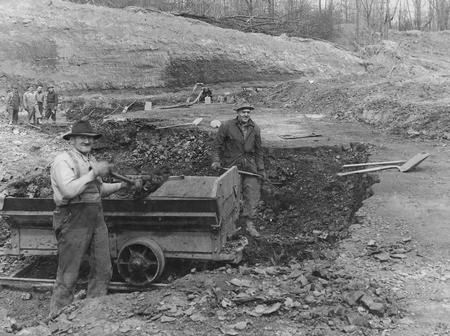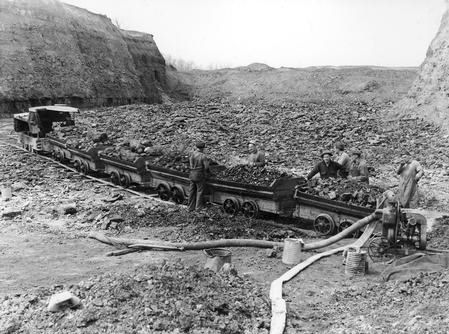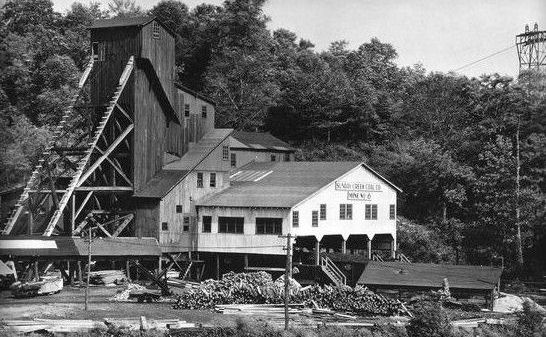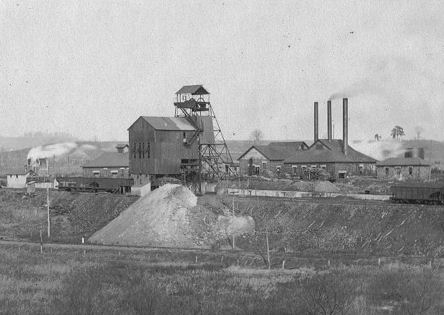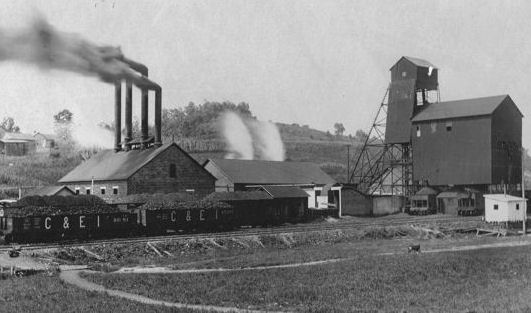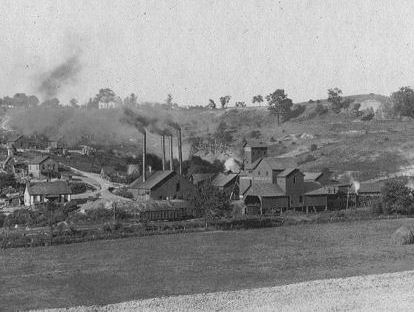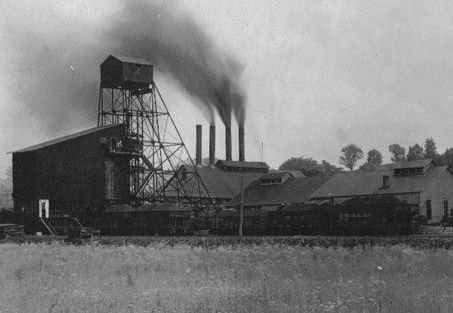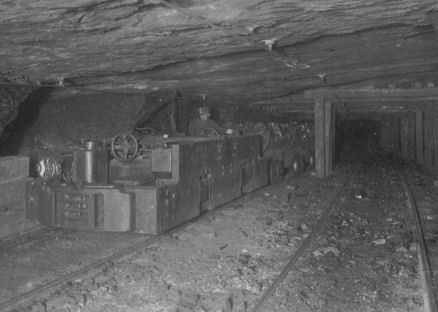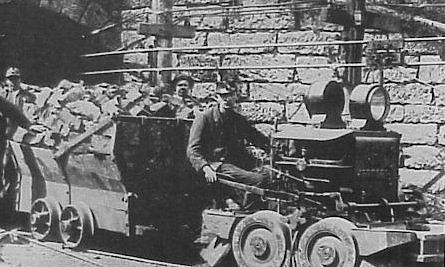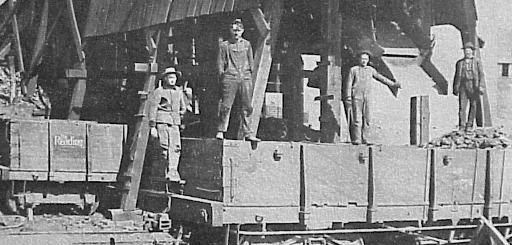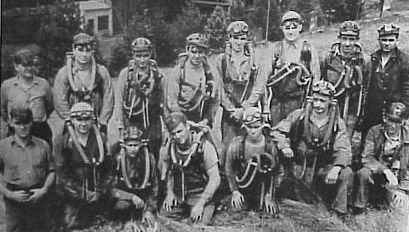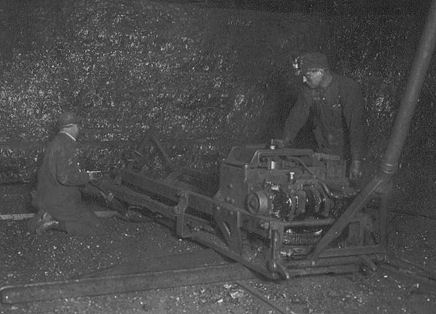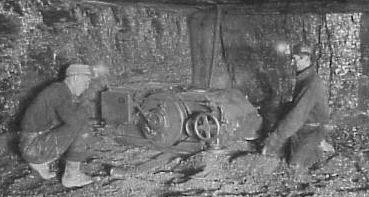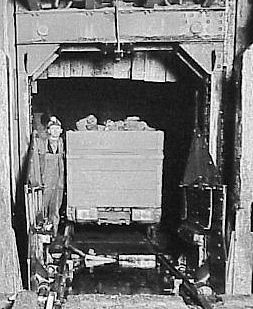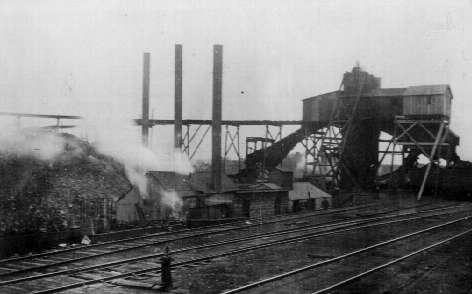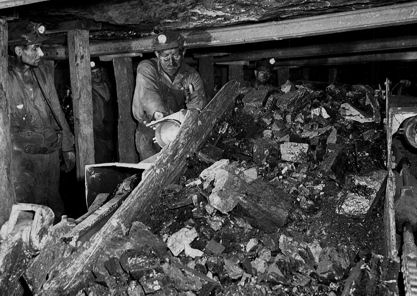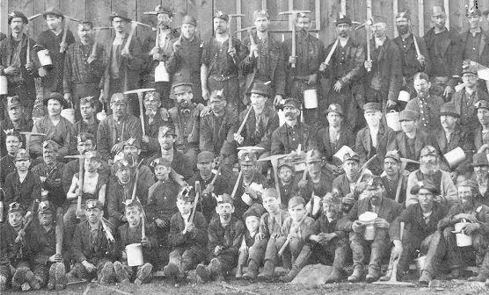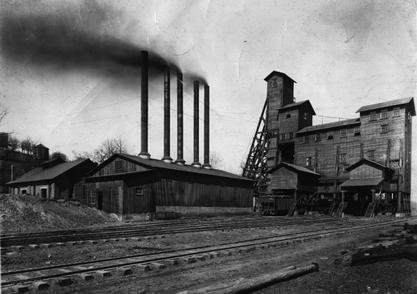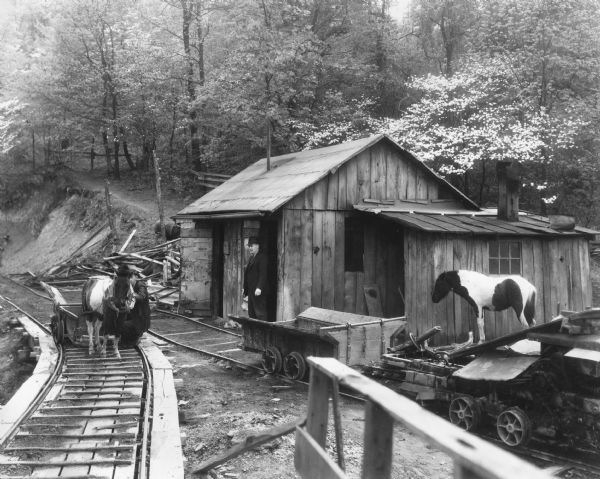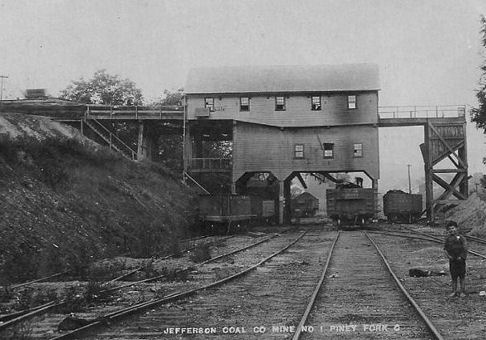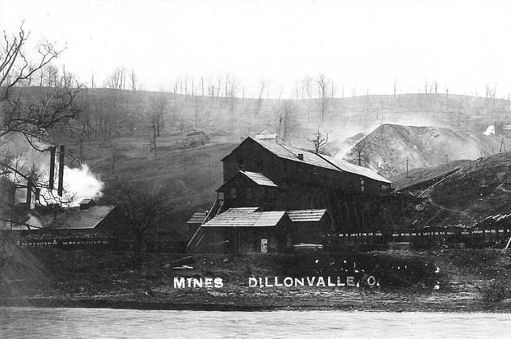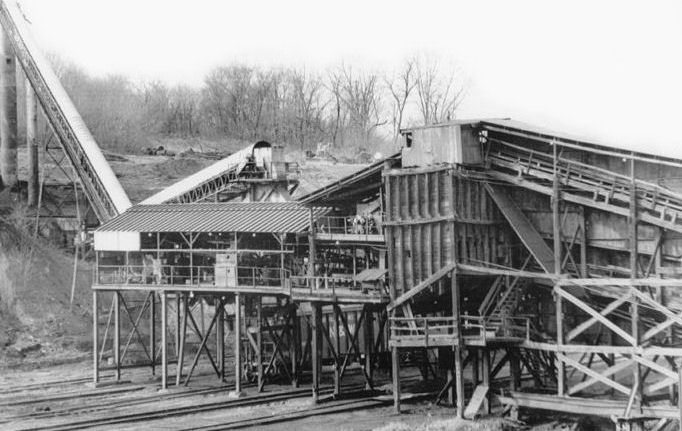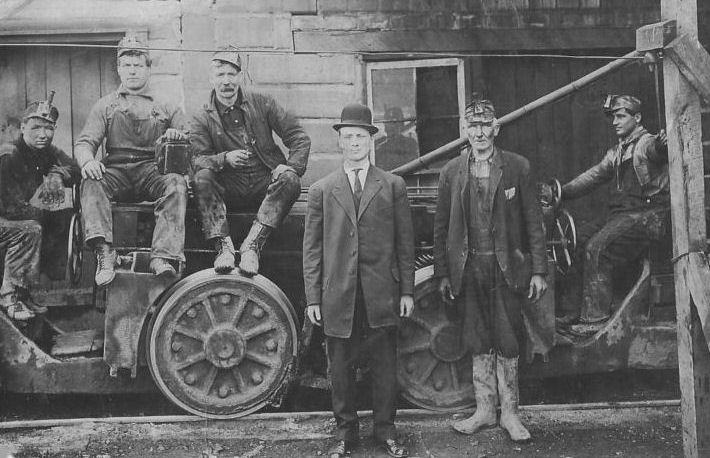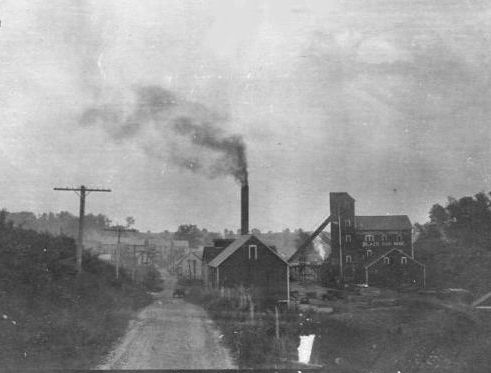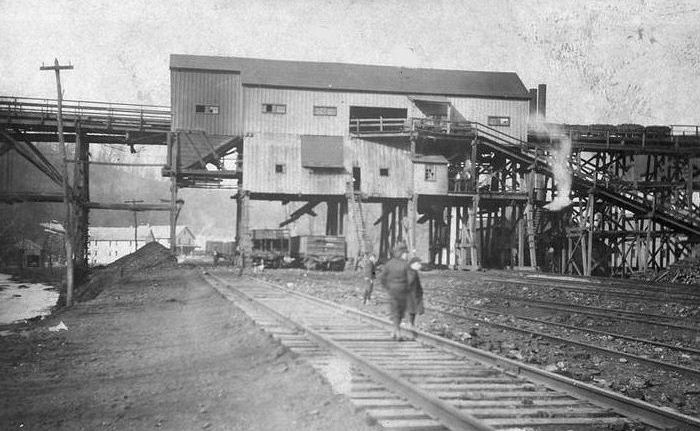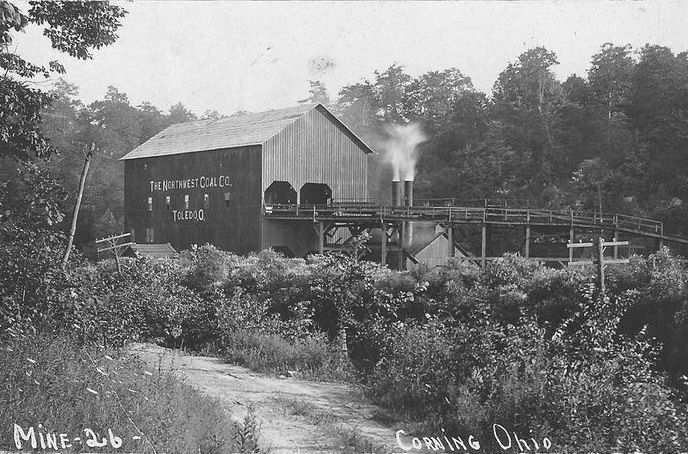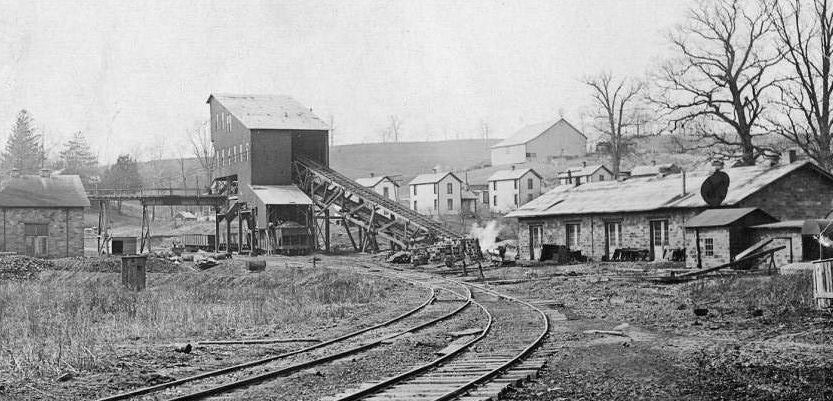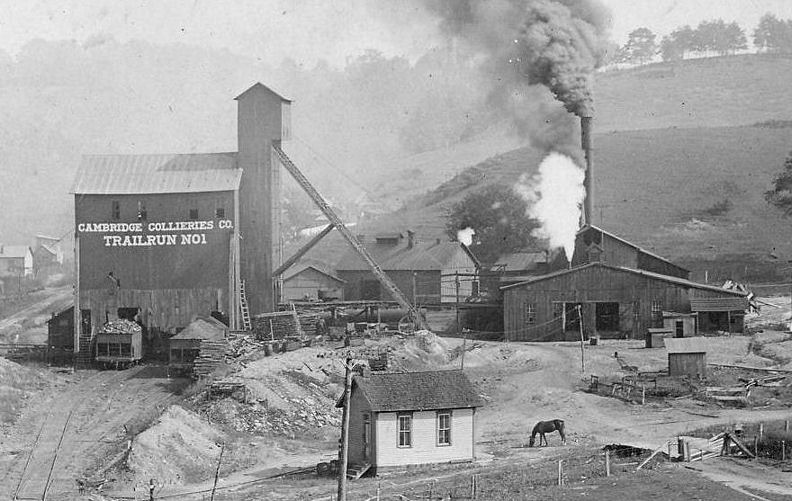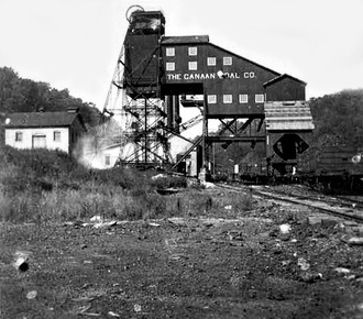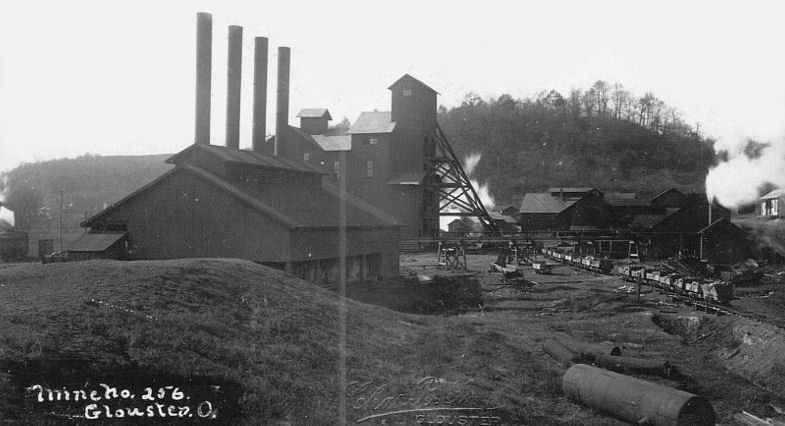OHIO MINES
Ohio is located in the northern portion of the Appalachian Coal Basin, which is one of the largest coal fields in the United States. Ohio’s coal region covers thirty-two counties, and is located to the south and east of a line that would stretch roughly from Portsmouth through Zanesville to Youngstown. It is estimated that Ohio has 11.5 billion tons of economically recoverable coal reserves
The first European settlers in Ohio recognized the presence of coal in natural outcrops in stream and river banks in the eastern part of the state. As the industrial revolution began, Ohio’s coal resources became increasingly important. The first reported commercial mining of coal in Ohio was in 1800 in Jefferson County, with just 100 tons being produced. Since 1800, 3.7 billion tons of coal have been mined in Ohio, 2.3 billion tons from underground mines and 1.4 billion tons from surface mines.
Most of Ohio's coal mines existed in eastern and southern parts of the state. Commonly, people migrated from coal regions in other states, such as Pennsylvania and West Virginia, to work in the mines.
In 1828, a Portage County man, began to ship coal on the Ohio and Erie Canal to Cleveland. Development of the Ohio canal system in the 1830’s and 1840’s permitted easy transport of coal from mines to markets. By the mid 1800’s, railroads began to replace the canals, allowing for faster and more efficient delivery of coal to consumers. By the late 1800’s, mechanization and improvement of mining methods led to a steady increase in the production of Ohio coal. Much coal was used to make coke to fuel the many steel mills that dotted the upper Ohio River valley.
In 1872, Ohio mines produced more than five million tons of coal. Production increased to ten million tons by 1886. During the early to mid twentieth century, coal's value to Ohio's economy began to decline. Much of the coal in Ohio has a high sulfur content, making it less desirable compared to other coals. Until the time of World War I, coal mining in Ohio was conducted almost exclusively underground. Currently, there are about 90 active coal-mining operations in 15 eastern Ohio counties that produce coal worth about $626 million annually. In recent years there has been a trend to return to underground-mining methods, particularly long-wall mining.
The Appalachian Field, considered to be one of the best veins of coal in the world was located in Guernsey and Noble Counties. Deep coal mining was more well known in the Appalachian Mountain areas.The Appalachian Field was located under Jackson, Center, Valley, and Cambridge townships. This vein also ran under Richland and Spencer townships in Guernsey County and on into Noble County.
The Ideal Mine was the most productive mine in Guernsey County. It is believed that this mine produced enough coal to fill a train 1,000 miles long. One train car could haul 50 tons of coal. In Noble County, deep coal mines were also very productive. During the years 1910 to 1913, Noble County was ranked in the top 15 of counties to produce the mot coal in Ohio.
Marietta and Pittsburgh Railway was built to haul coal out of this rural Appalachian region. Initially, the railroad was 103 miles. The rail for this freight train began in Marietta. This line traveled through Caldwell, Byesville, Cambridge and Newcomerstown. These are all towns in Ohio. The OR&W freight train company also hauled coal in this area. Generally, the coal hauled by the OR&W was taken to Monroe County.
Millfield Mine Disaster (Ohio's worst mine disaster) - At approximately 11:45 am., a short circuit between a broken trolley wire and the rail ignited methane gas that had accumulated in the mine workings. The massive explosion that occurred could be felt many miles away.
Of the 191 miners working that day, lost their lives. Those not killed by the blast from the the carbon monoxide that filled the mine. The deceased included the president of the Sunday Creek Coal Company, William Tytus, 4 other mine officials, and 4 visitors. Ironically, the officials were in the mine that morning inspecting new safety equipment.
Blue Bell Mine - Strasburg, Tuscarawas Co., OH
Blue Bell Mine - Strasburg, Tuscarawas Co., OH
Sunday Creek Coal Co. Mine No.6 Millfield, Perry Co., OH
Caldwell Mine, Cambridge Collieries Co. - Caldwell, OH
Buffalo Mine, Cambridge Collierires Co. - Buffalo, OH
Ideal Mine, Cambridge Collieries Co. - Byesville, OH
Walhonding No.2 Mine - Cambridge Collieries Co. Buffalo, OH
Coal Tram - Buffalo Mine - Buffalo, OH
Early Electric Mine Loco - Ohio Coal Mine
Undercutting a coal seam - Buffalo Mine - Buffalo, OH
Undercutting a seam in an Ohio Coal Mine
Miners at an unknown Ohio coal mine
Ohio Coal Mine Rescue Team
Raising coal at an unknown Ohio mine
Reese Brothers Coal Co. - High Bridge Mine - Madrid Coalfield, OH
Willow Grove Mine - St. Clairsville, OH
Miners at Sippo Mine - Stark County, OH
Mine 301 - Congo, OH 1891
Story & McDade Coal Mine - Turkey Run, Cheshire, Ohio.
Saginaw Coal Mine - St. Clairesville, OH
Unidentified Ohio Coal Mine
Black Oak Coal Mine - Flushing, OH
Jefferson Coal Company Mine - Harperville, OH
Northwest Coal Co. mine - Corning, OH
Lafferty mine - Lafferty, Belmont County, OH
Cambridge Collieries Co. Trail Run Mine - Robins, OH
Canaan Coal Co, Canaanville, OH
